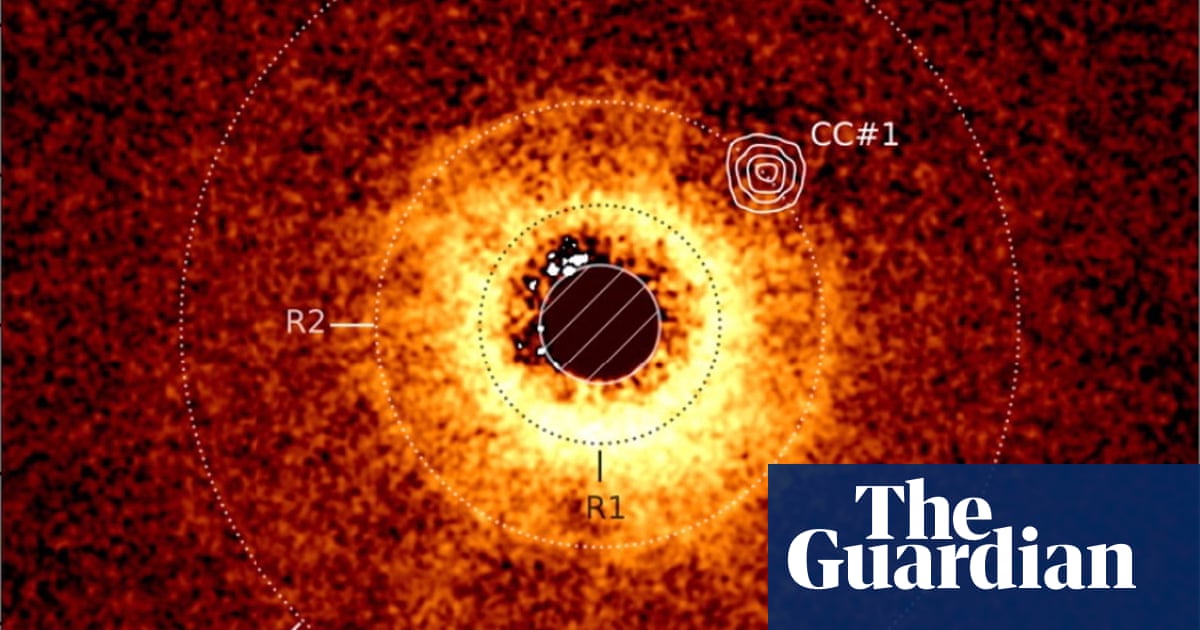
"The James Webb space telescope has captured unprecedented direct images of a planet beyond our own solar system, shedding light on a young planetary system."
"The planet TWA 7 b, about the mass of Saturn, is 10 times less massive than previously observed exoplanets and provides fresh insights into its formation."
"Dr. Anne-Marie Lagrange stated, 'Here we're looking at a system that is about 6 million years old, so we are really witnessing the youth of the planetary system.'"
"To observe exoplanets directly, researchers developed a telescopic attachment that reproduced the effect of an eclipse, allowing them to see the planet TWA 7 b."
The James Webb Space Telescope has made a groundbreaking discovery by capturing direct images of an exoplanet, TWA 7 b, which is located 110 million light years away and is the smallest mass planet observed so far. This planet, about the mass of Saturn, orbits within a disk of dust and debris, showcasing a young planetary system estimated to be 6 million years old. The images reveal structural features previously attributed to unseen planets, further illuminating the dynamics of planet formation and the challenges of direct exoplanet imaging.
Read at www.theguardian.com
Unable to calculate read time
Collection
[
|
...
]